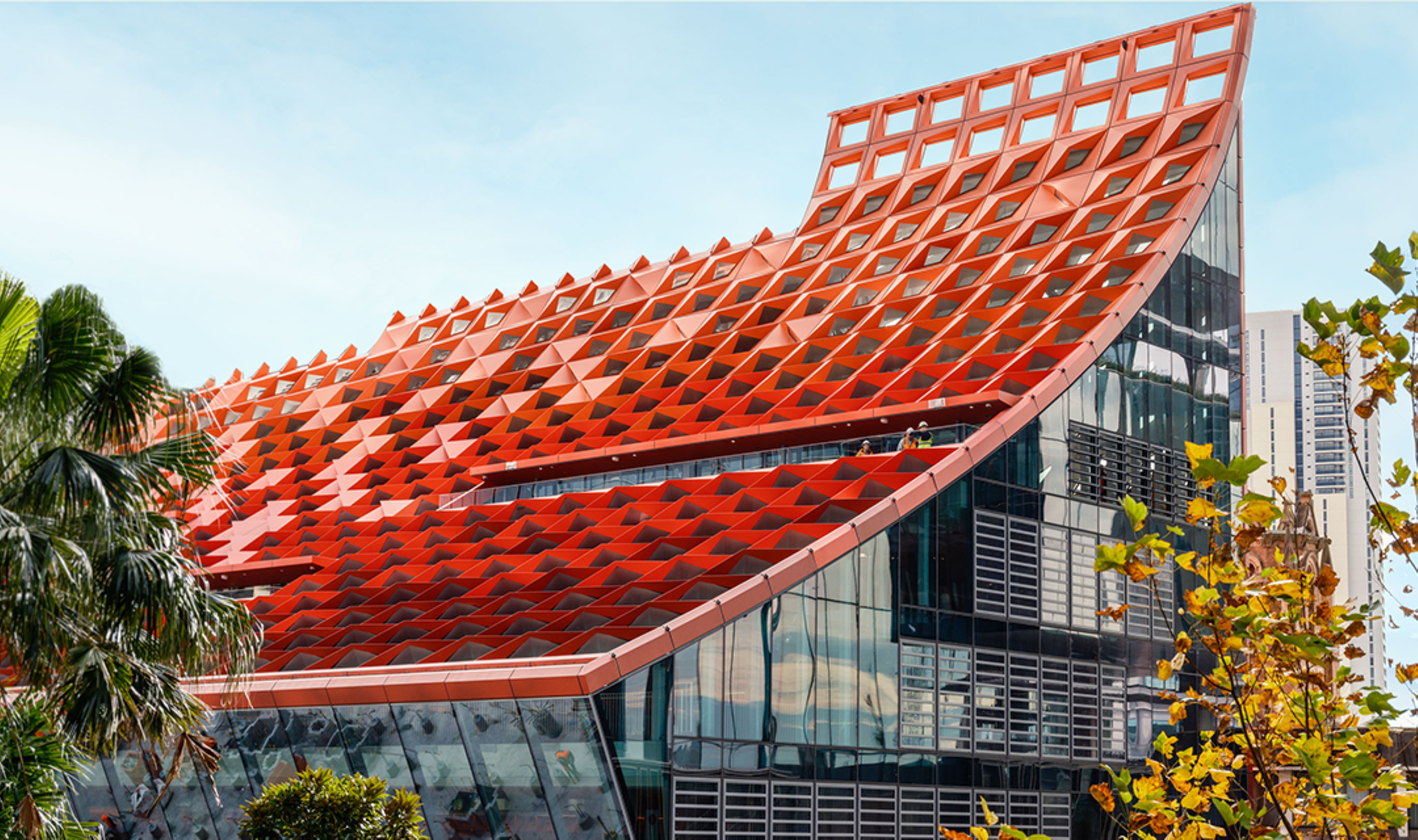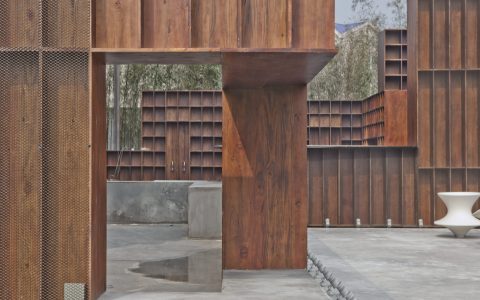Library architecture and modern buildings differ significantly in their design philosophies and execution, shaped by distinct functional needs and aesthetic preferences. Here are the key differences professionals must understand.
Functional Focus
Libraries prioritize quiet study, book storage, and public access, with fixed layouts like reading zones and archives. In contrast, modern buildings emphasize versatility, supporting multiple uses such as offices or residential units through adaptable spaces.
Architectural Style and Aesthetics
Traditional library designs often incorporate classical elements like columns, intricate details, and formal symmetry for a timeless appeal. Modern structures, however, favor minimalism, using sleek lines, open plans, and innovative forms that reflect contemporary trends.

Material and Technology Integration
Libraries typically rely on durable, historical materials such as stone or wood for longevity. Modern buildings leverage advanced materials like steel, glass, and composites, integrating smart systems:
- Sustainability – Eco-friendly features like solar panels are central in modern designs, whereas libraries adopt them incrementally.
- Technological Adaptability – Modern constructions incorporate IoT for automation, while libraries focus on digitization of resources without sacrificing core functions.
Community and Spatial Dynamics
As public hubs, libraries foster interaction through shared amenities like community rooms, but maintain controlled environments. Modern buildings, designed for efficiency, often blur indoor-outdoor boundaries to enhance user engagement and social connectivity.





